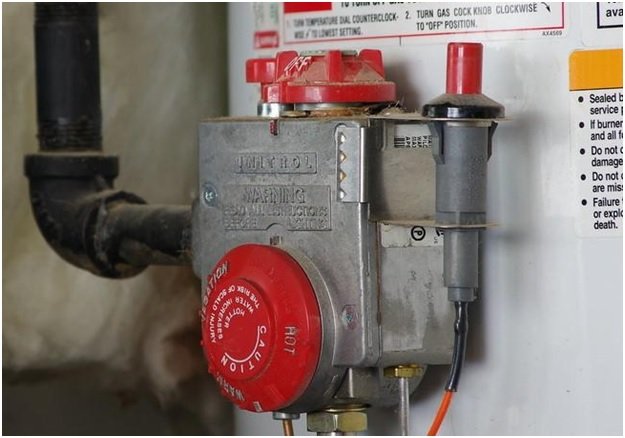Disadvantages of Bravecto: Understanding the Risks and Side Effects

Bravecto is a popular flea and tick medication for dogs that has gained popularity in recent years due to its effectiveness and long-lasting effects. In fact, it continues to rise in popularity because more and more vets like Wade Neff are using it for their dog. However, like any medication, Bravecto has its disadvantages and potential risks that dog owners should be aware of. In this article, we will explore the common side effects and potential risks associated with Bravecto use.
Understanding Bravecto and How It Works
Before delving into the potential risks and side effects of Bravecto, it’s essential to understand how the medication works. Bravecto is an oral medication that contains Fluralaner, a chemical compound that targets the nervous system of fleas and ticks, causing paralysis and death. Once ingested, Bravecto remains active in a dog’s system for up to 12 weeks, providing long-lasting protection against fleas and ticks.
Common Side Effects of Bravecto
While Bravecto is generally considered safe and effective, there are some common side effects that dog owners should be aware of. These include:
Gastrointestinal Issues
Some dogs may experience digestive issues such as diarrhea, vomiting, and loss of appetite after taking Bravecto. These side effects are usually mild and resolve on their own within a few days. However, if your dog experiences severe or prolonged digestive issues, you should contact your veterinarian immediately.
Neurological Issues
In rare cases, dogs may experience neurological issues such as seizures, tremors, and ataxia (loss of muscle coordination) after taking Bravecto. These side effects are more common in dogs with a history of neurological disorders and may require immediate medical attention.
Skin Irritation
Some dogs may experience skin irritation or itching after taking Bravecto. This side effect is usually mild and can be treated with antihistamines or other medications prescribed by your veterinarian.
Potential Risks of Bravecto
While Bravecto is generally safe for most dogs, there are some potential risks associated with its use. These include:
Allergic Reactions
Some dogs may be allergic to Fluralaner, the active ingredient in Bravecto, and may experience allergic reactions such as swelling, itching, and difficulty breathing. If your dog experiences any of these symptoms after taking Bravecto, you should contact your veterinarian immediately.
Drug Interactions
Bravecto may interact with other medications your dog is taking, such as antibiotics or anti-seizure medications. It’s essential to inform your veterinarian of all medications your dog is taking before administering Bravecto.
Long-Term Health Risks
Since Bravecto is a relatively new medication, the long-term health risks associated with its use are not yet fully understood. Some studies have linked Bravecto to an increased risk of cancer and other health issues, although more research is needed.










